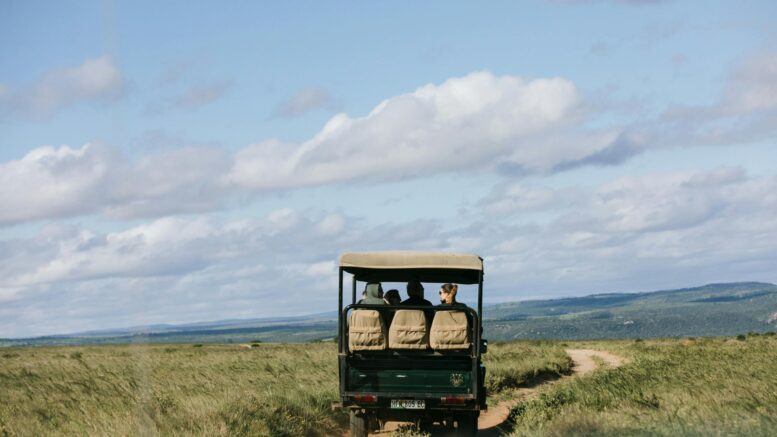Seeing animals in the wild brings out the little child in all of us. It doesn’t matter whether it’s an eagle soaring over your head, a glimpse of a bear shuffling through a thicket, or a herd of unencumbered animals moving over an open meadow — it lingers with you.
The Best Locations for Wildlife Observations
Not all road trips are created equal when it comes to wildlife viewing. To have your best chance at seeing amazing animals, certain states should top your must-stop list. Wyoming, Montana, and South Dakota have vast spaces where free-grazing bison and pronghorn antelope roam. Alaska? That’s grizzly country, where you might spot a bear swimming in search of a school of salmon. Bald eagles? Look no further than Washington state, or head to Minnesota, where these noble birds of prey are almost part of your everyday sky view. Winter is best, especially near large bodies of water, where they hunt for fish.
Yellowstone National Park, Wyoming/Montana/Idaho
Yellowstone is not famous only for its geysers — it is one of America’s best places to spot bison, bears, wolves, and elk, too. Ride through Lamar Valley in the early morning, and you’ll feel like you’re in a National Geographic documentary.
Alaska’s Denali National Park
Moose, Dall sheep, wolves, and, of course, grizzly bears — Denali is a rugged, unspoiled habitat where animals have yet to become domesticated. There are no highways, so you’ll need to take a park bus to venture deep into the outback, but it will be worth it.
Tourism and Casual Encounters
The greatest beauty of a wildlife safari drive is that no two days will ever be the same. You might be searching for elk when, suddenly, a fox comes tearing down the highway toward your car. Or, while taking a quick break, you might spot a group of otters swimming and frolicking in a nearby river. Slowing down, living in the present, and rolling with whatever life brings is part of the experience.
Where to Stay
After a long drive and a full day of wildlife watching, you’ll appreciate a haven where you can sit back and refresh yourself. National park hotels can blow your budget and book out months in advance. Camping, on the other hand, isn’t for everyone. That’s where apartment hotels can be a godsend. They offer home-style accommodations—like a kitchen, private rooms, and extra space to stretch out — without sacrificing the convenience of a hotel. And when traveling with family, or simply enjoying the ability to prepare your own meals, this setup is a big plus.
Tips for a Successful Safari Trip
- Binoculars at the ready, keep them nearby so you don’t miss spotting a seldom-seen species just out of range.
- Go early or at dusk, most wildlife is active in the early morning and at sunset. Mid-afternoon heat often drives animals into hiding.
- Keep your distance, that bison may look calm but don’t get too close. Respect animals and give them space to move.
- Dress in layers, as many of the best wildlife locations have unpredictable weather. It can be warm in the morning and cool in the afternoon within minutes.
- Be flexible because nature doesn’t work on a schedule. If nothing happens at first, don’t get discouraged, just enjoy the view. The best sightings often happen when you least expect them.
The Road Trip of a Lifetime
Going on a safari drive is not only about checking animals off a list but much more about the experience and the feeling that comes with it. That thrill you get about watching a wolf in its real and natural habitat or watching an eagle fly through the perfect blue sky. These are the moments that you will remember long after you return home. So grab your map, fill up your tank and hit that road.

